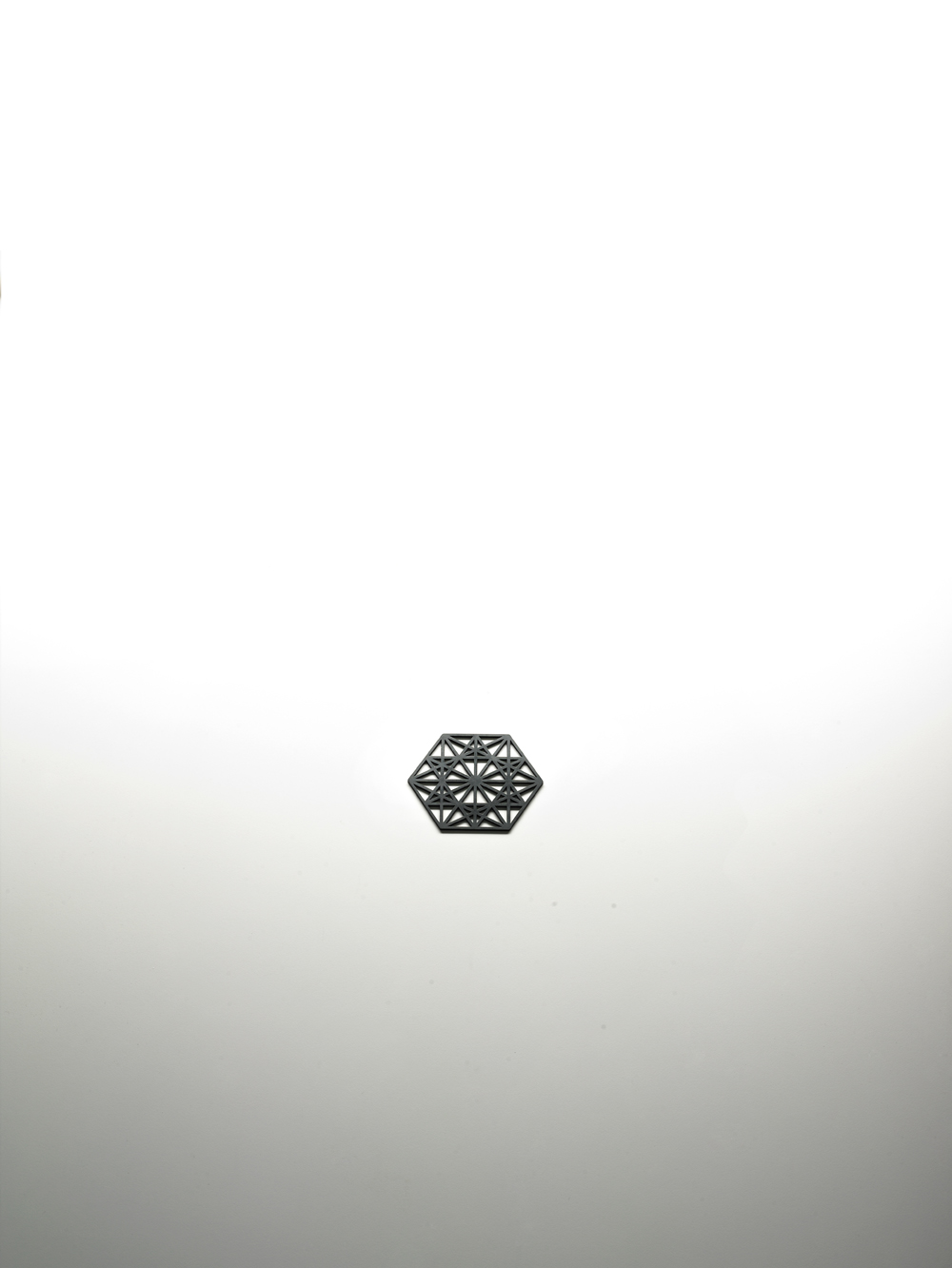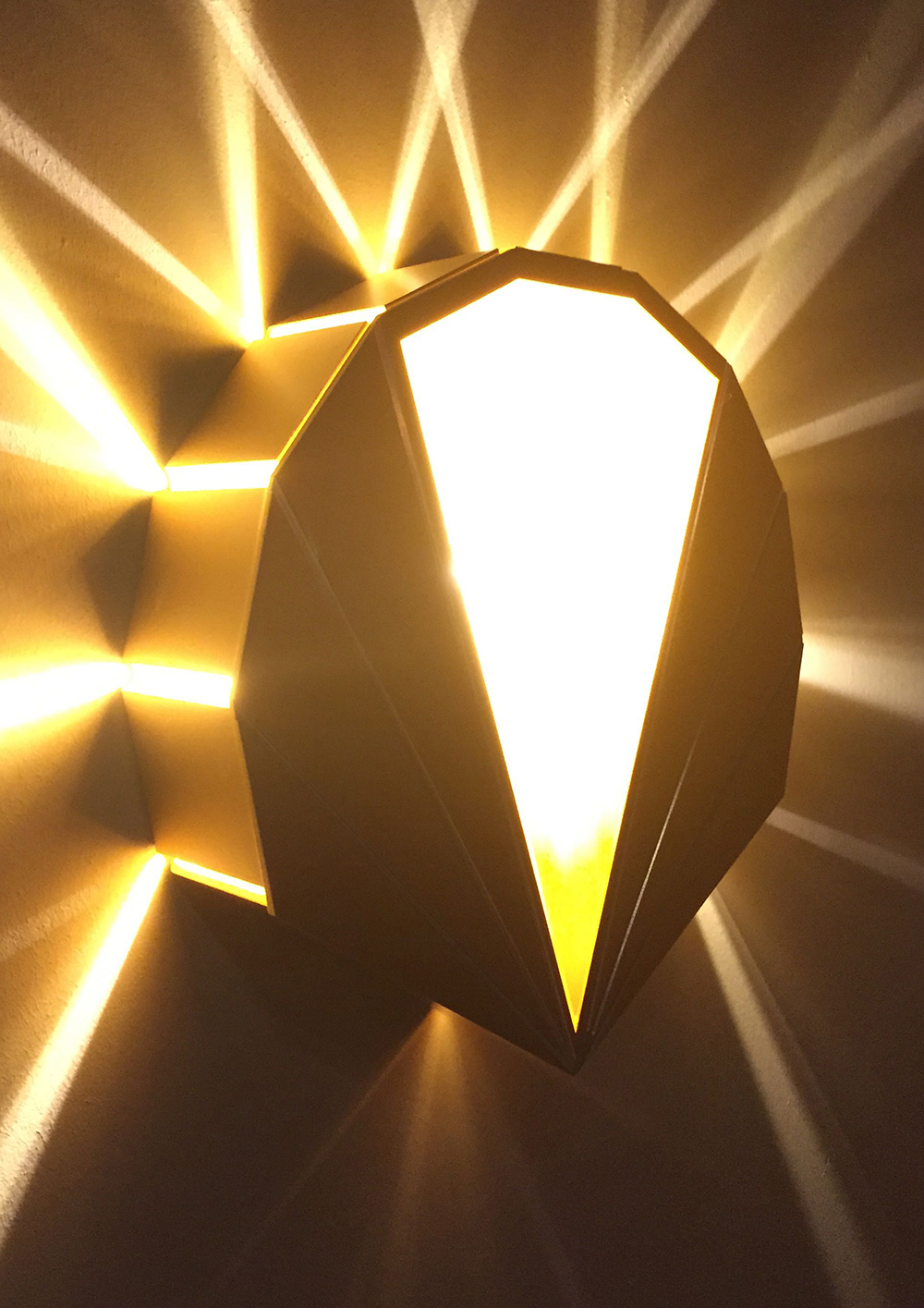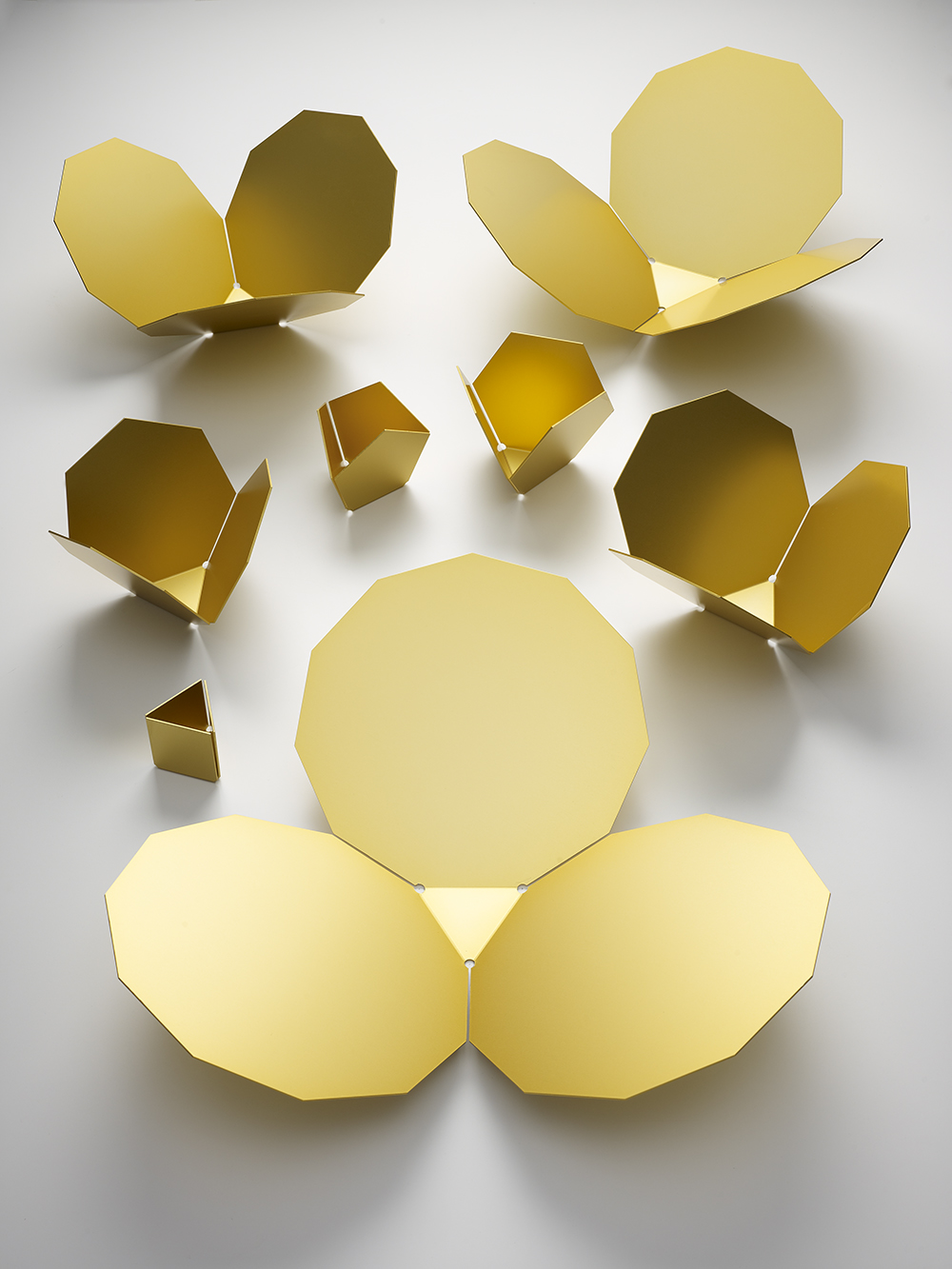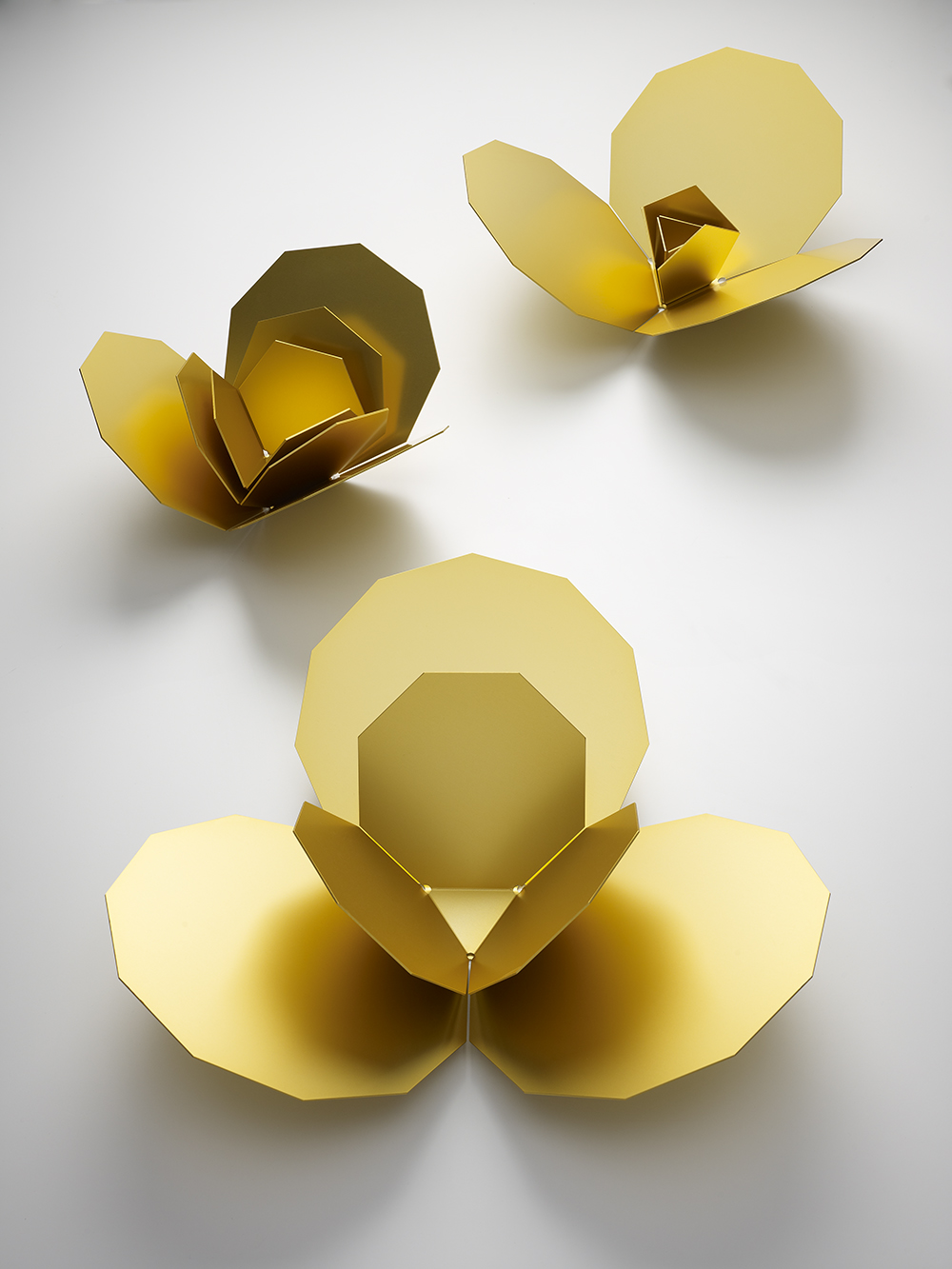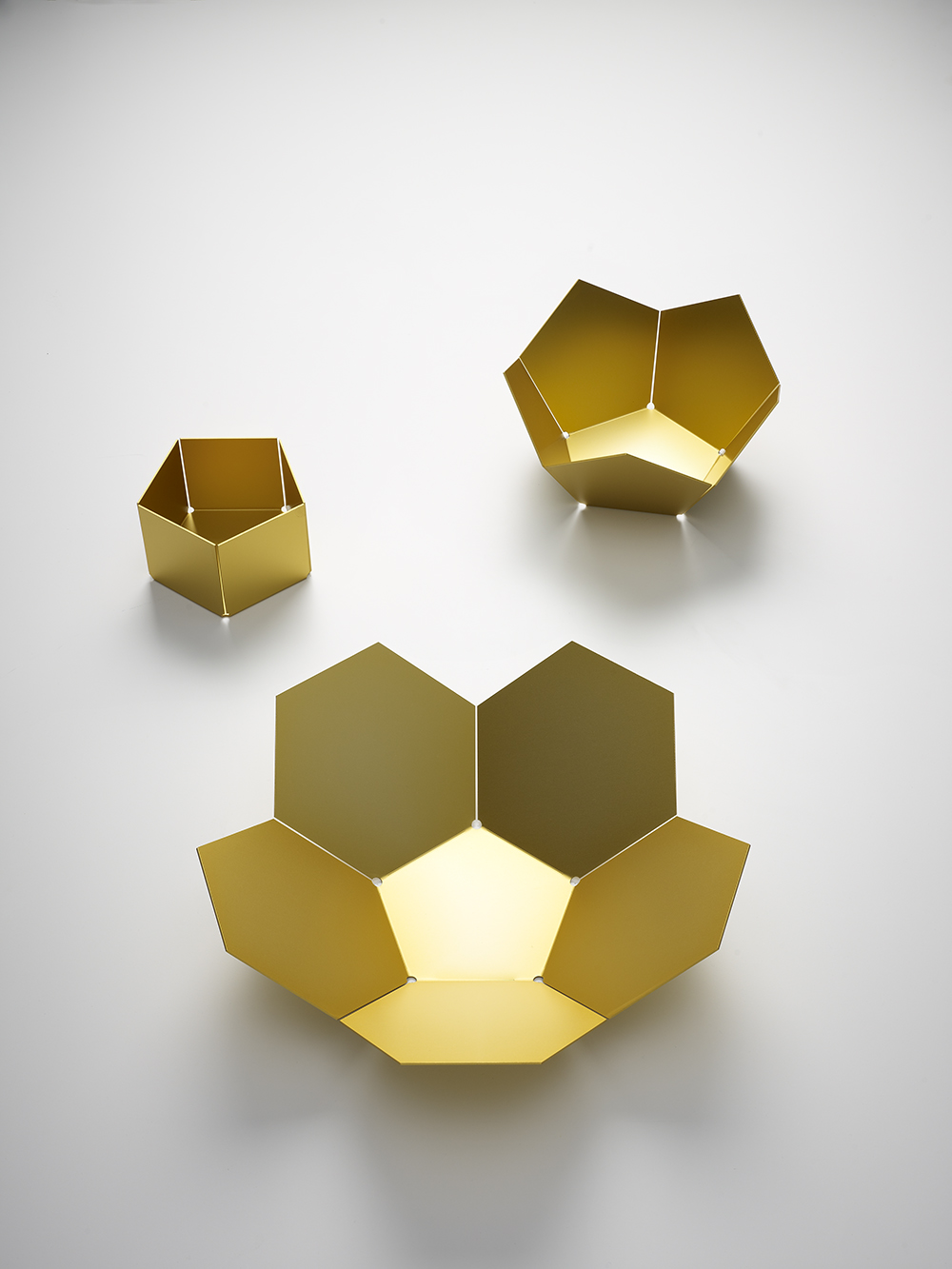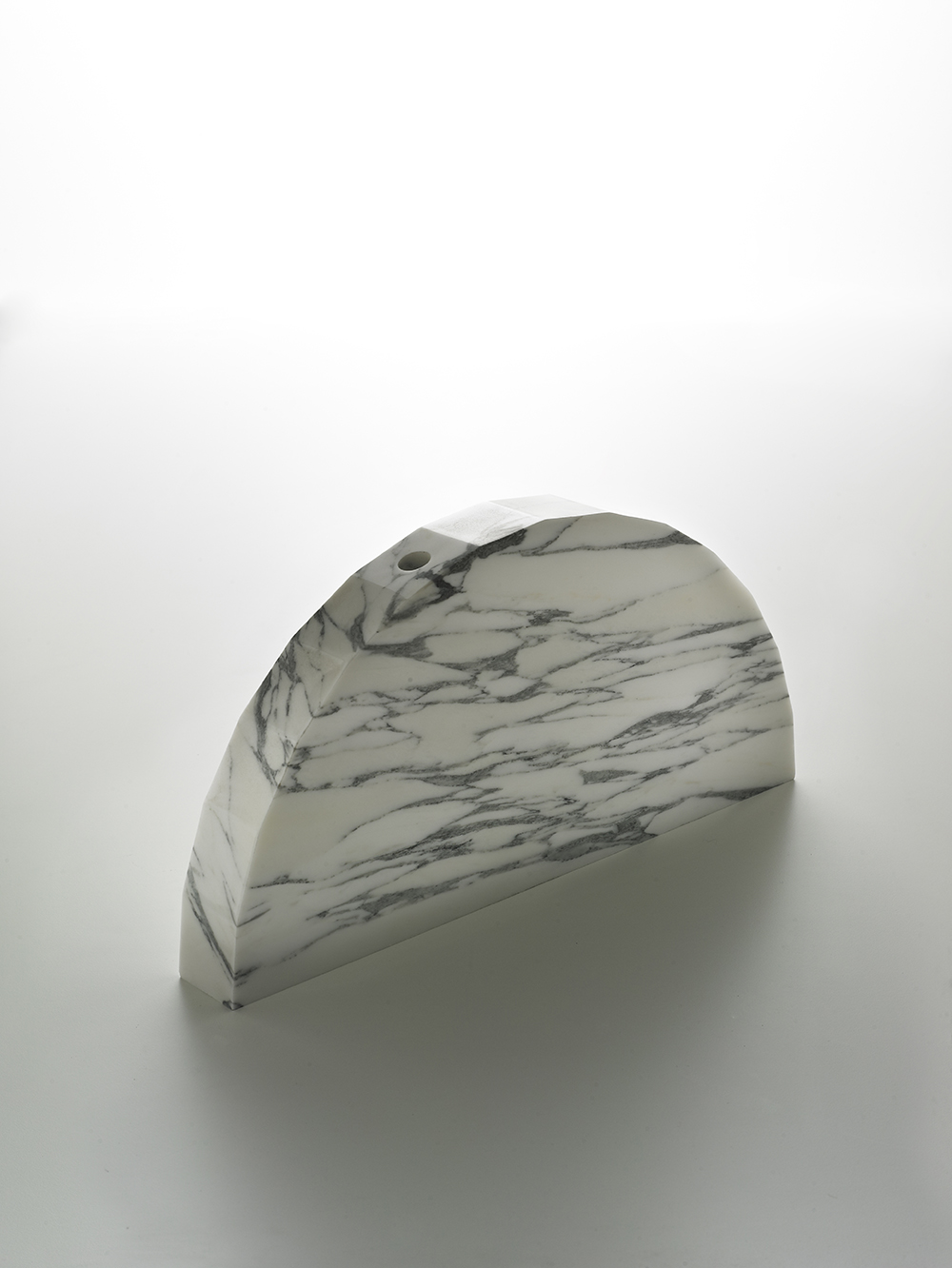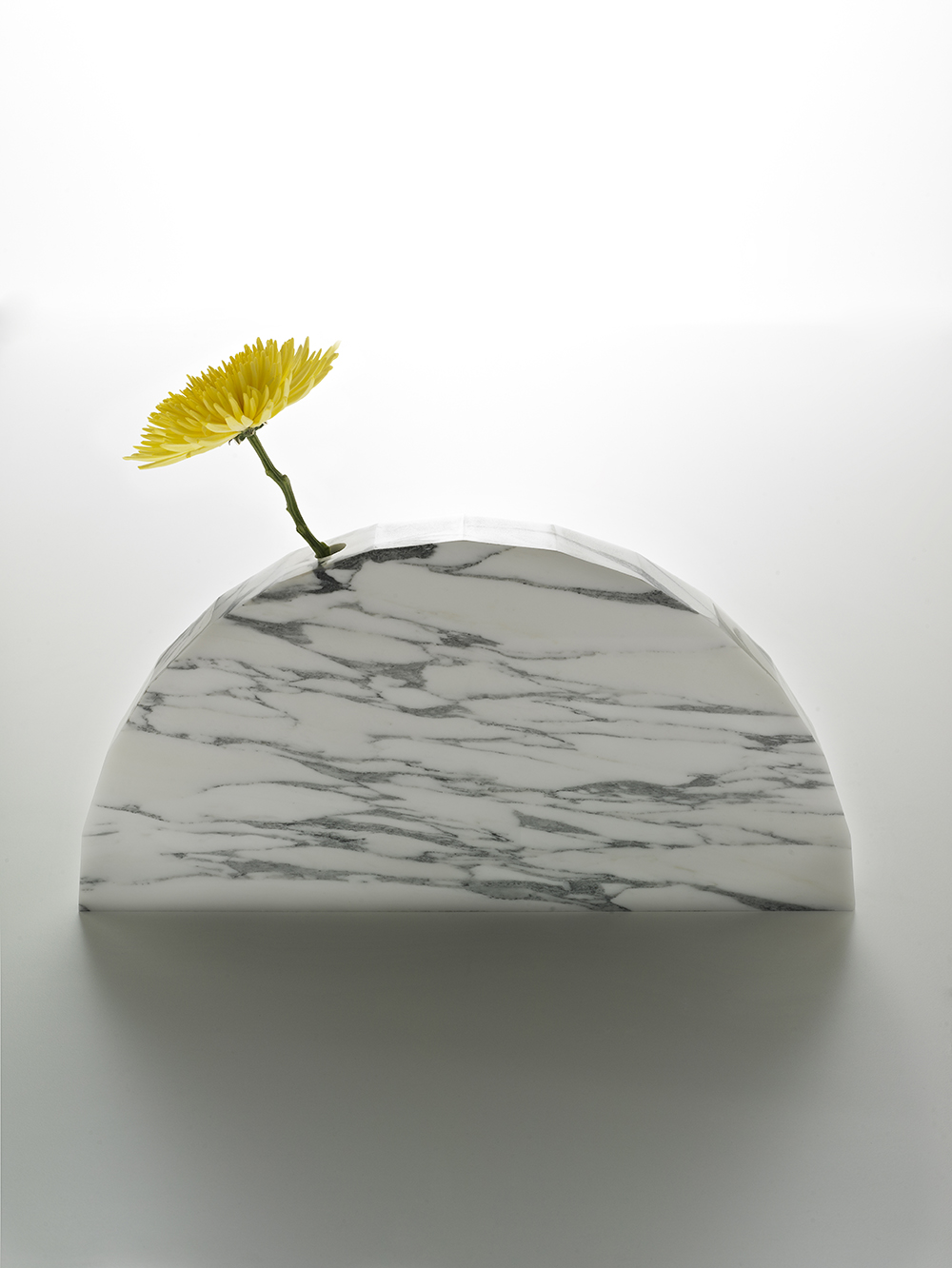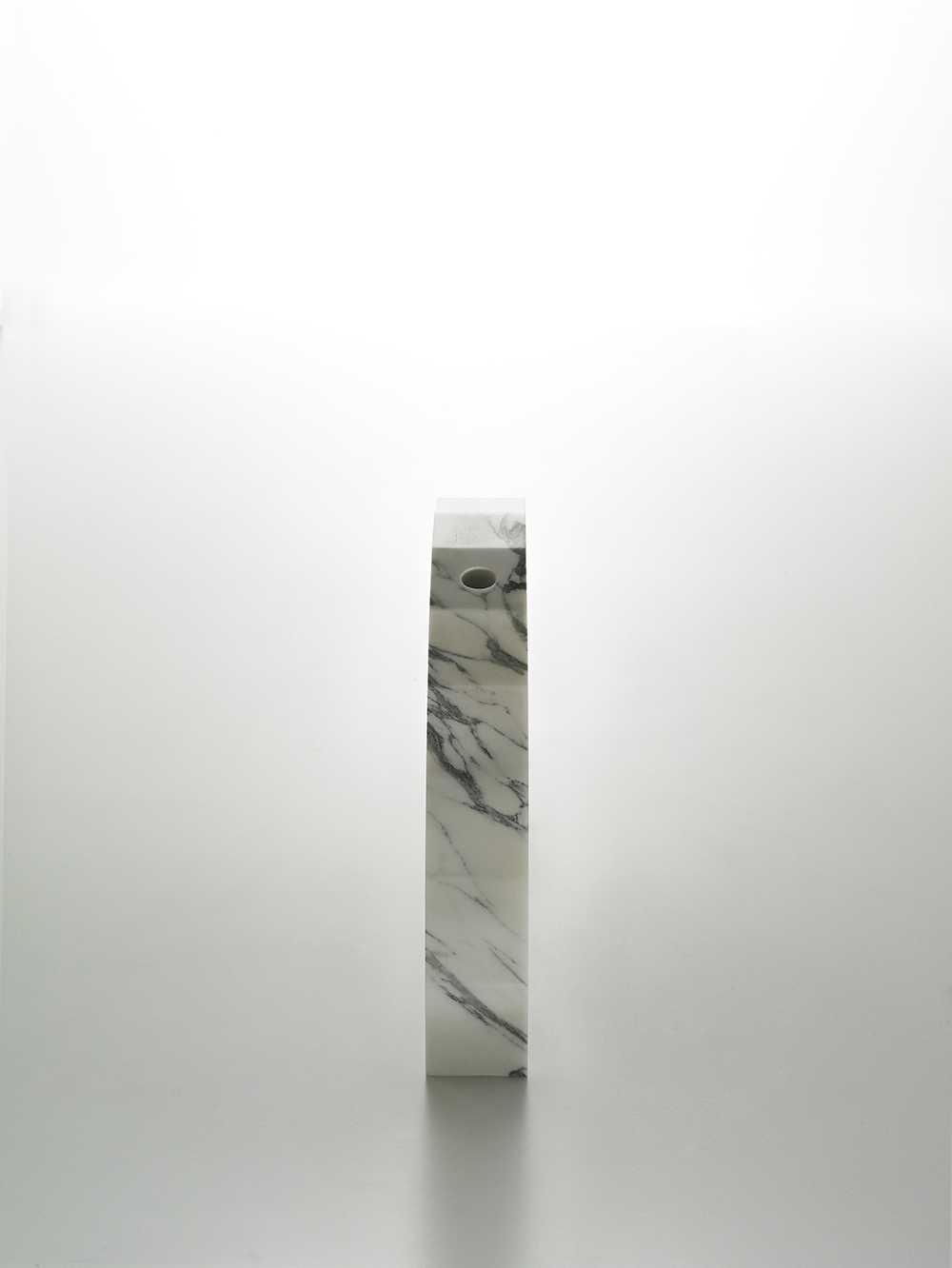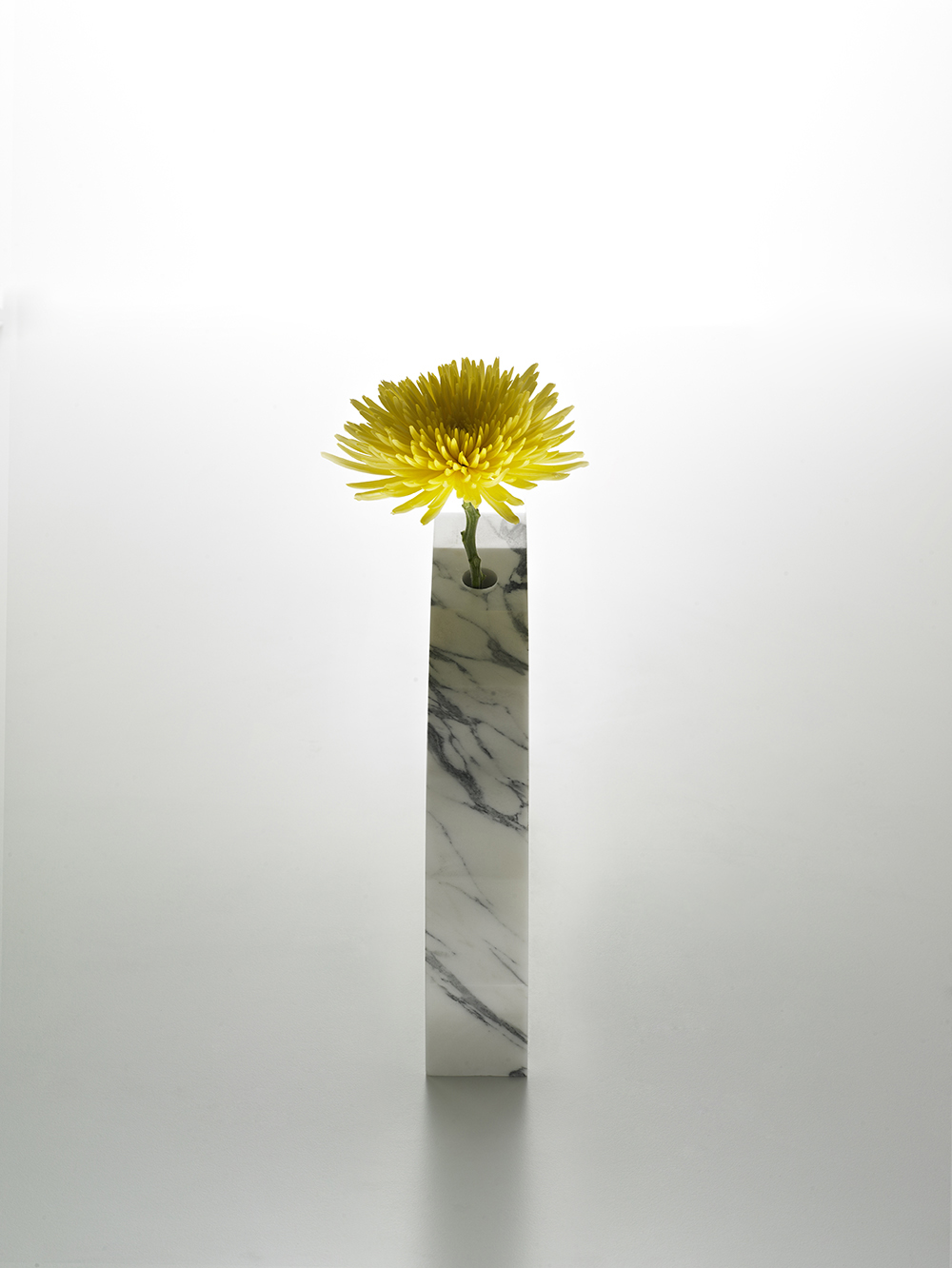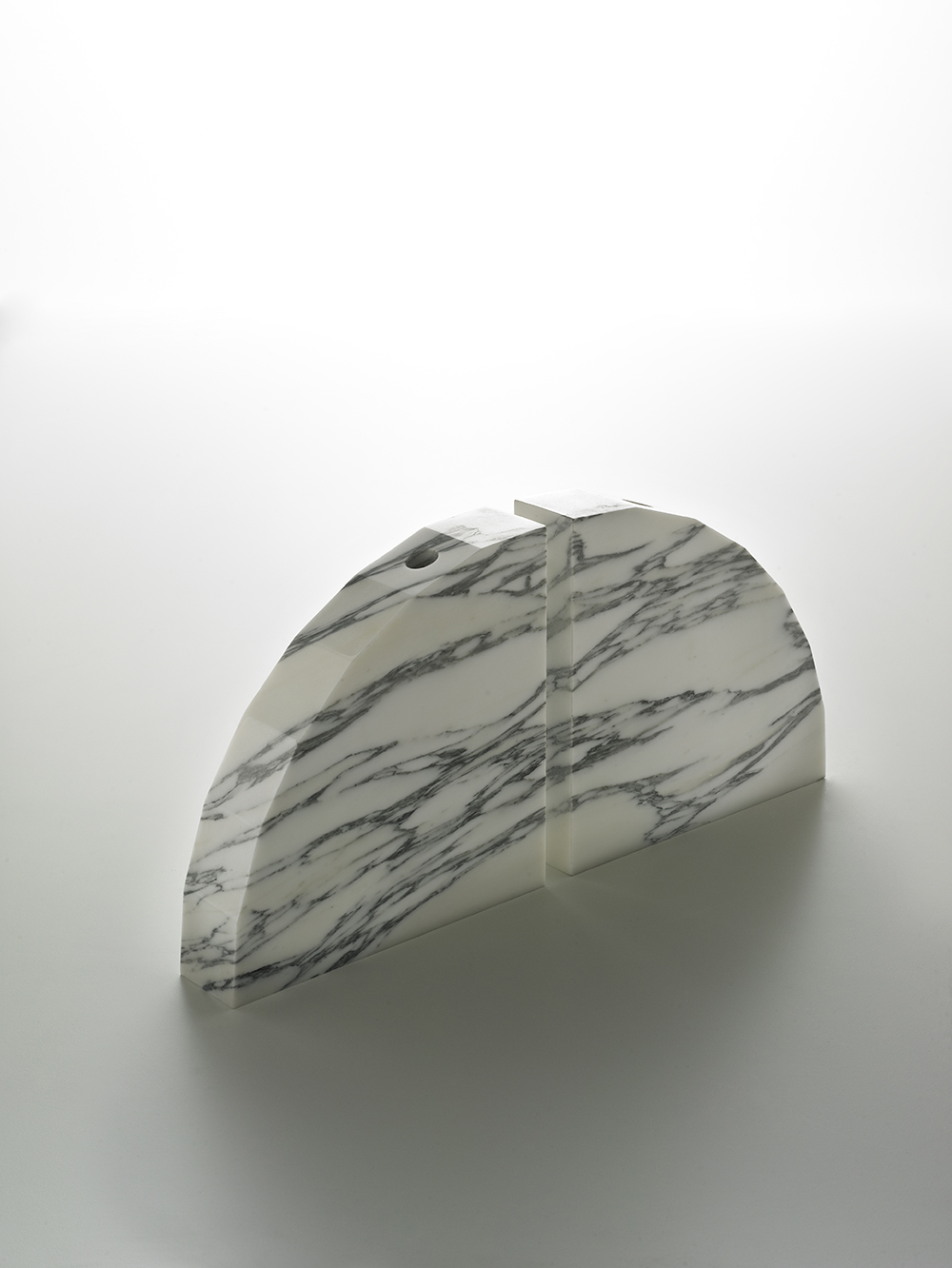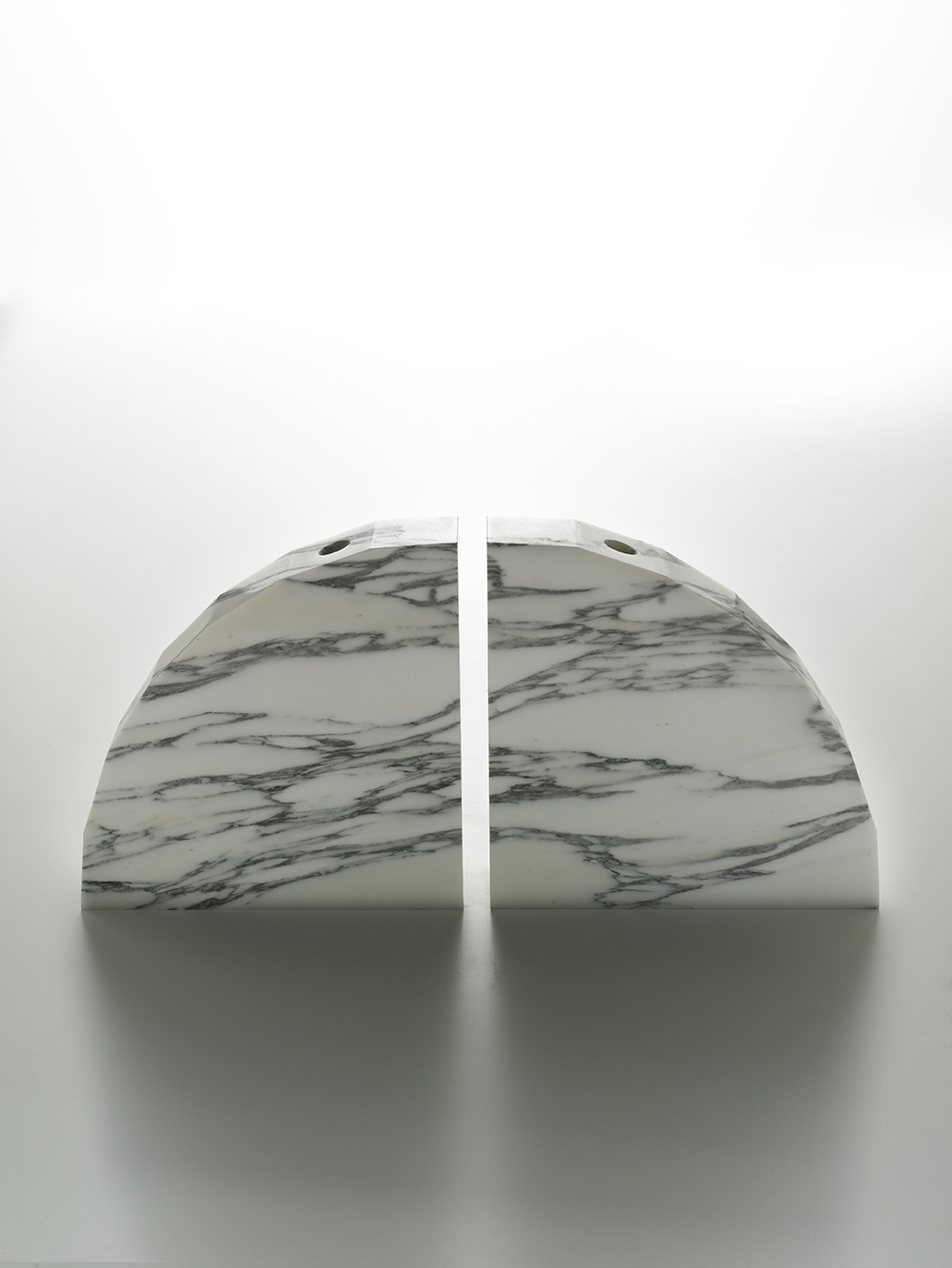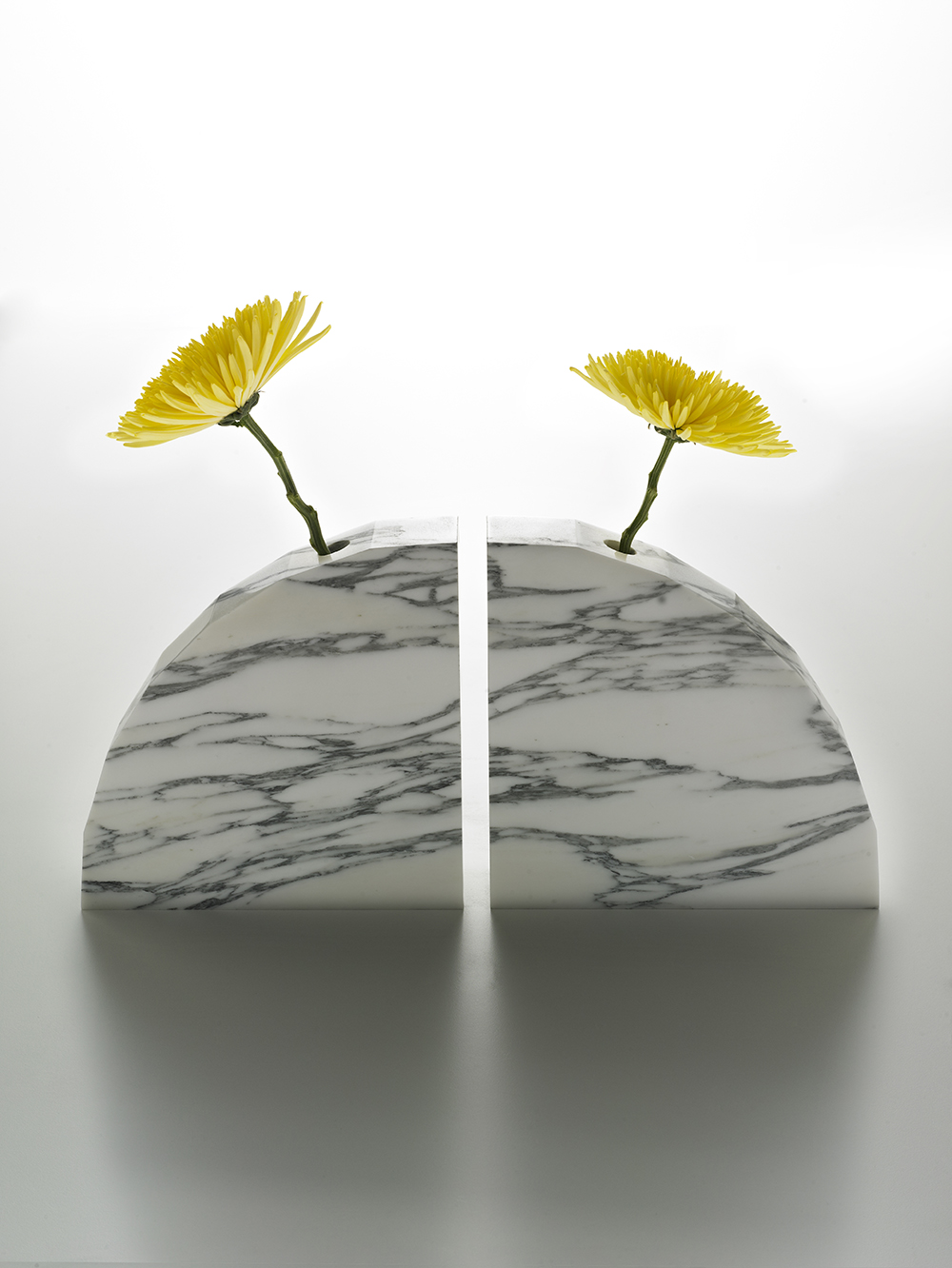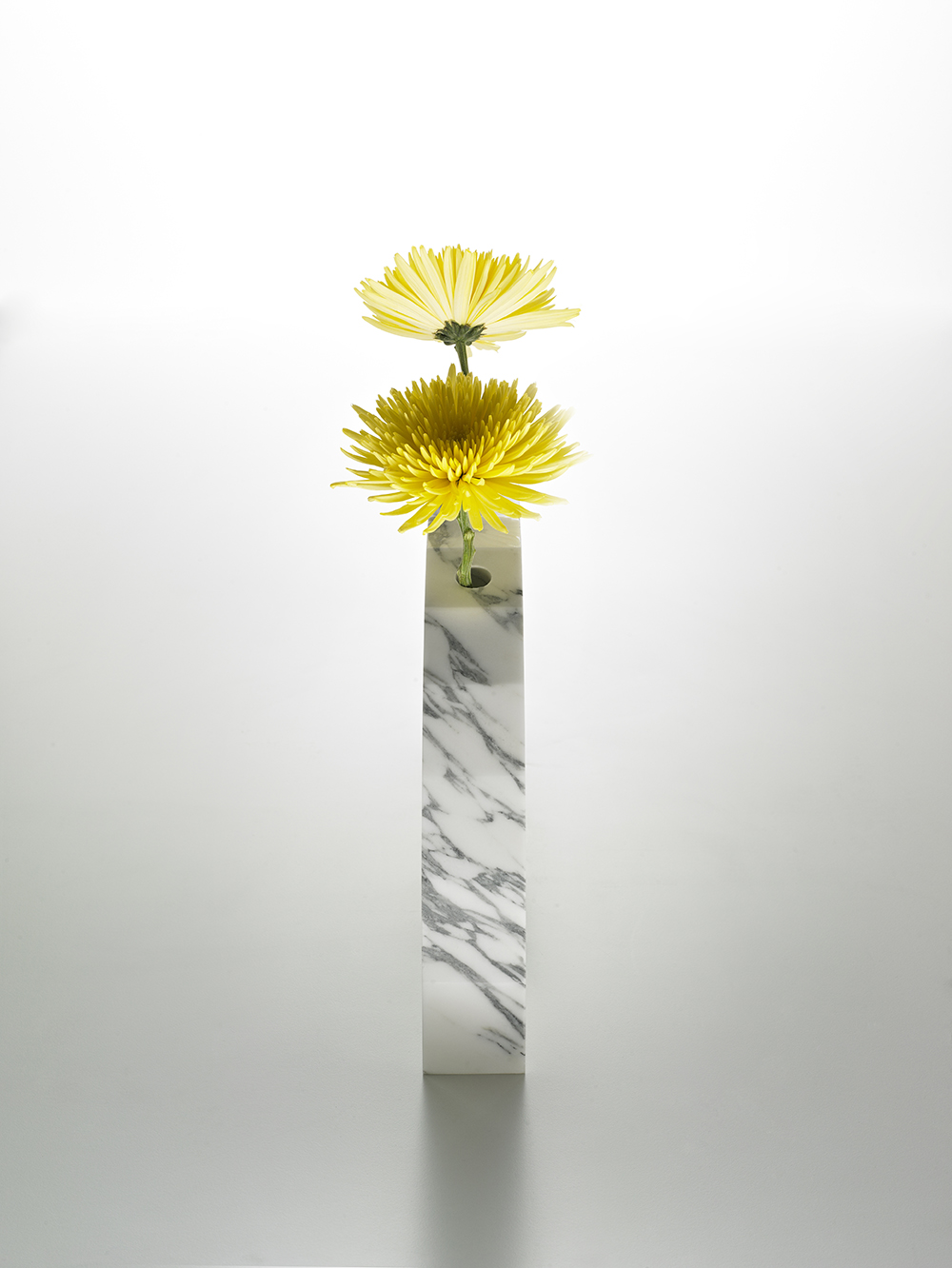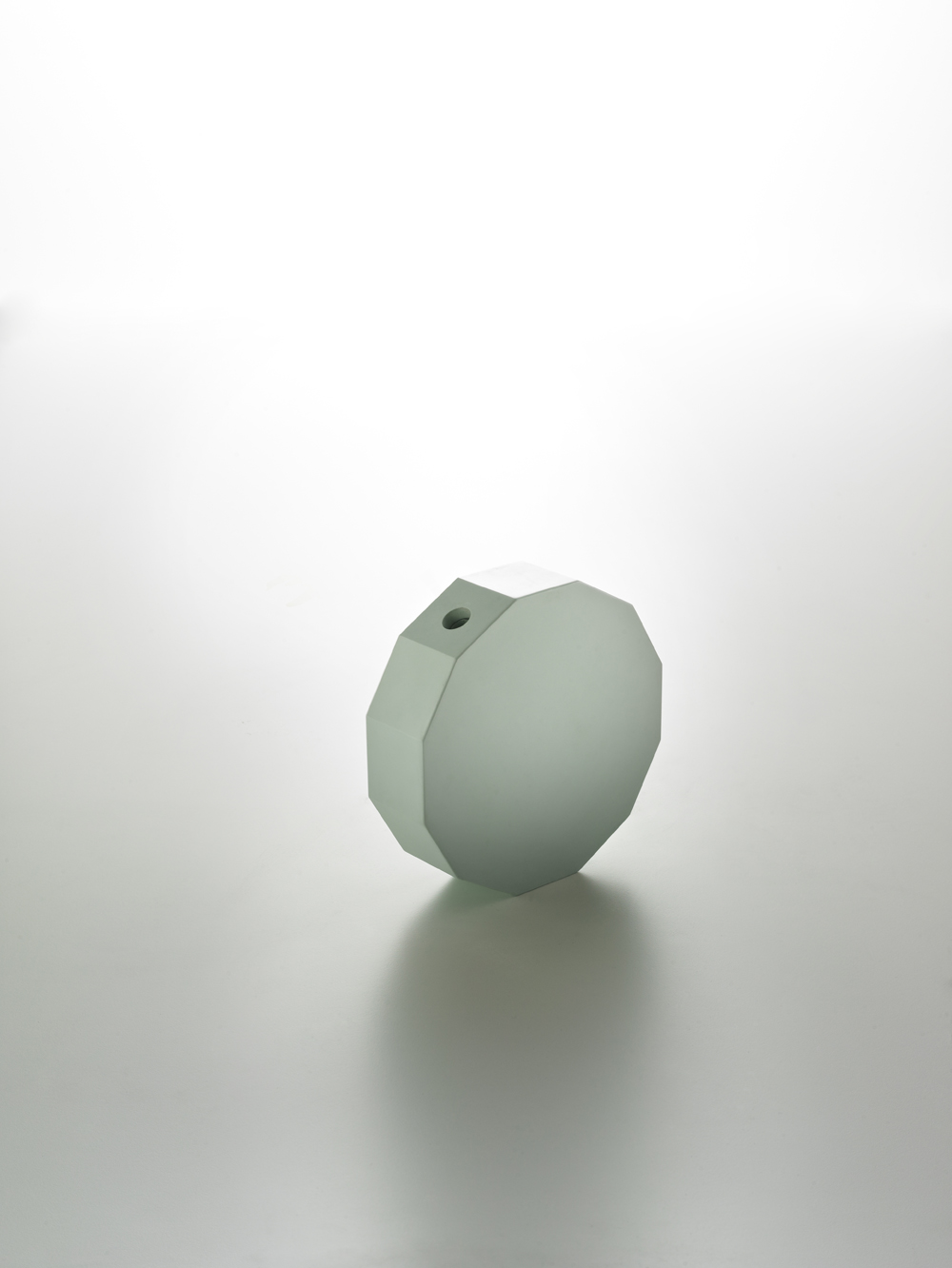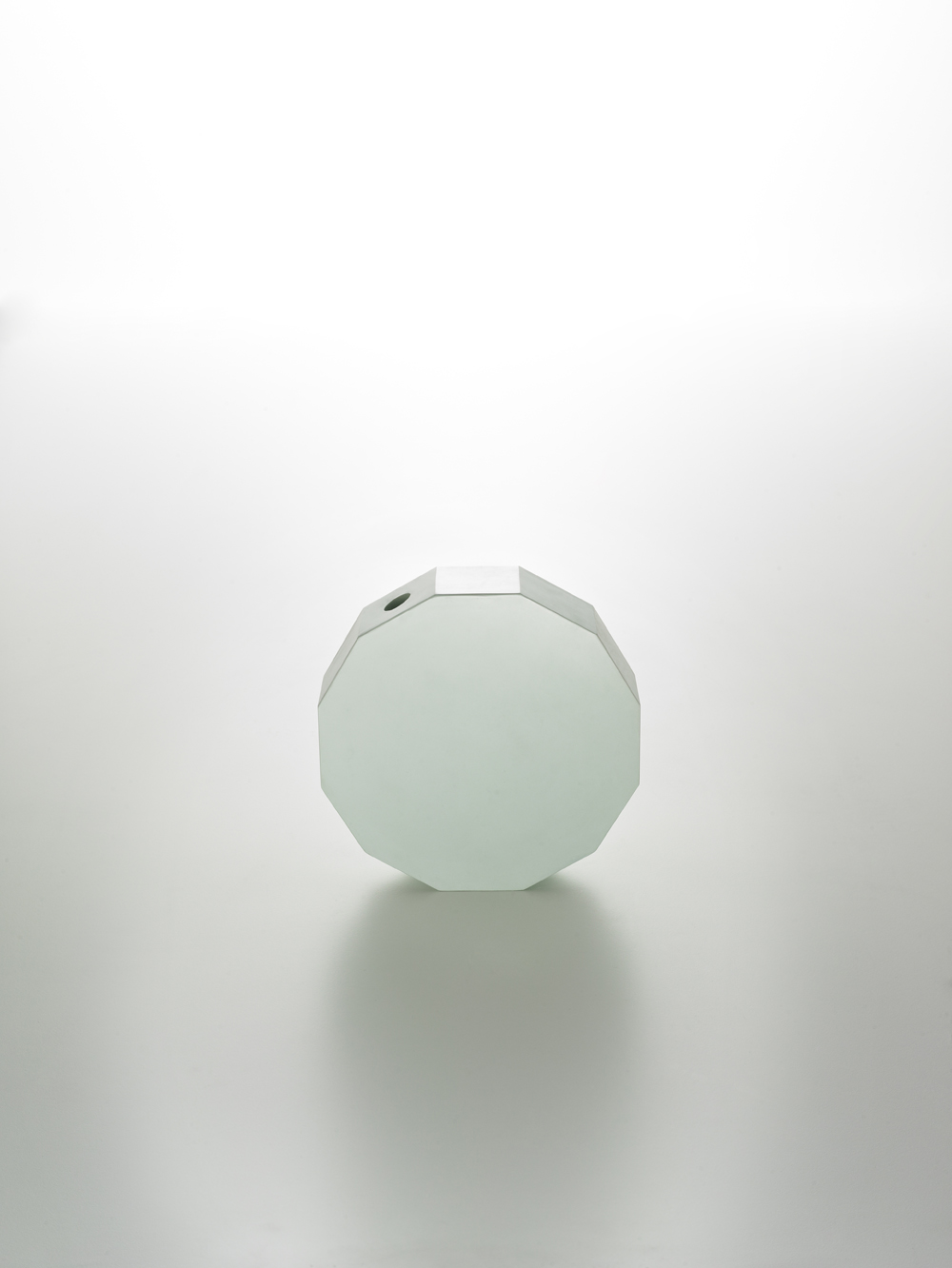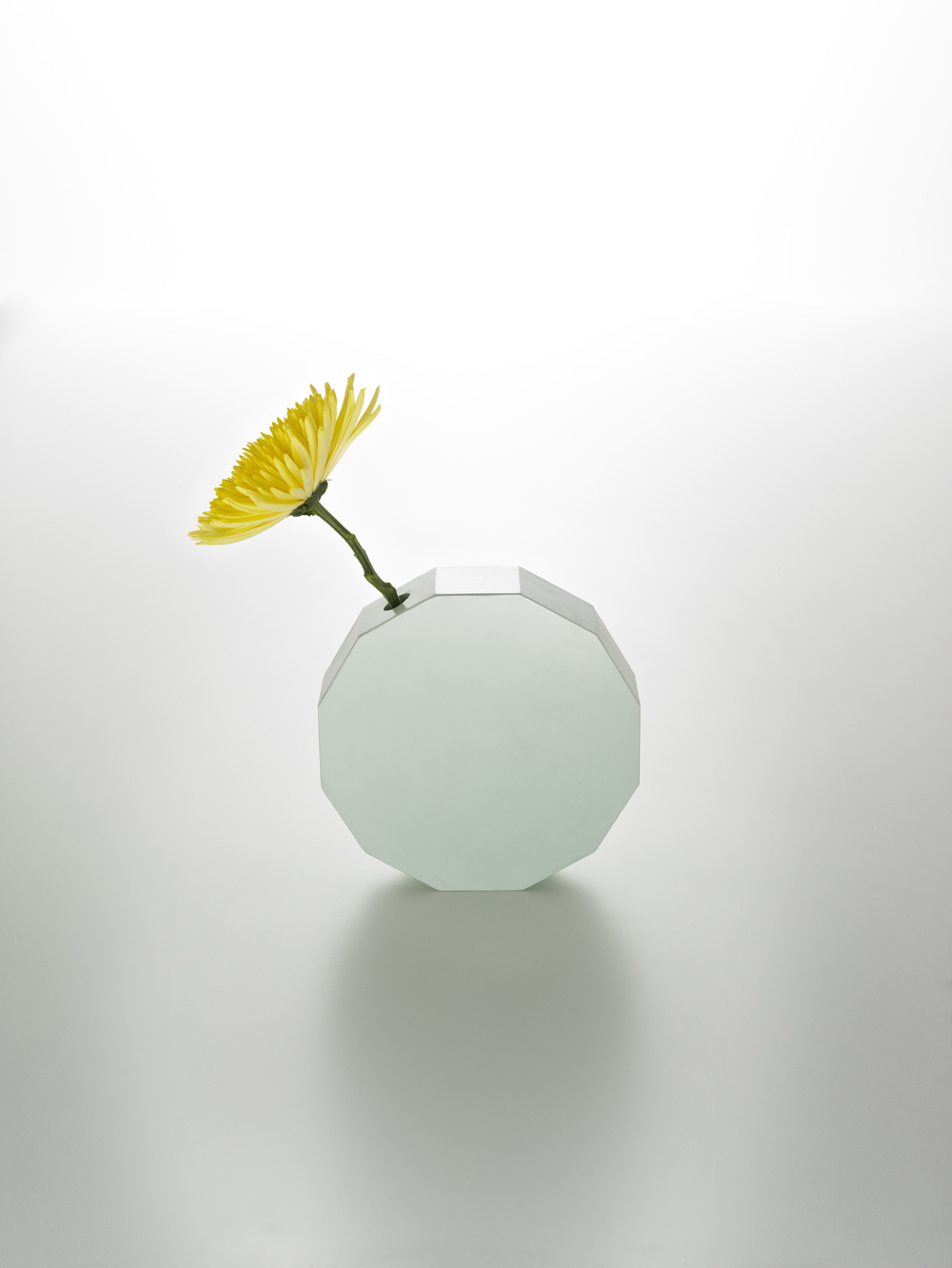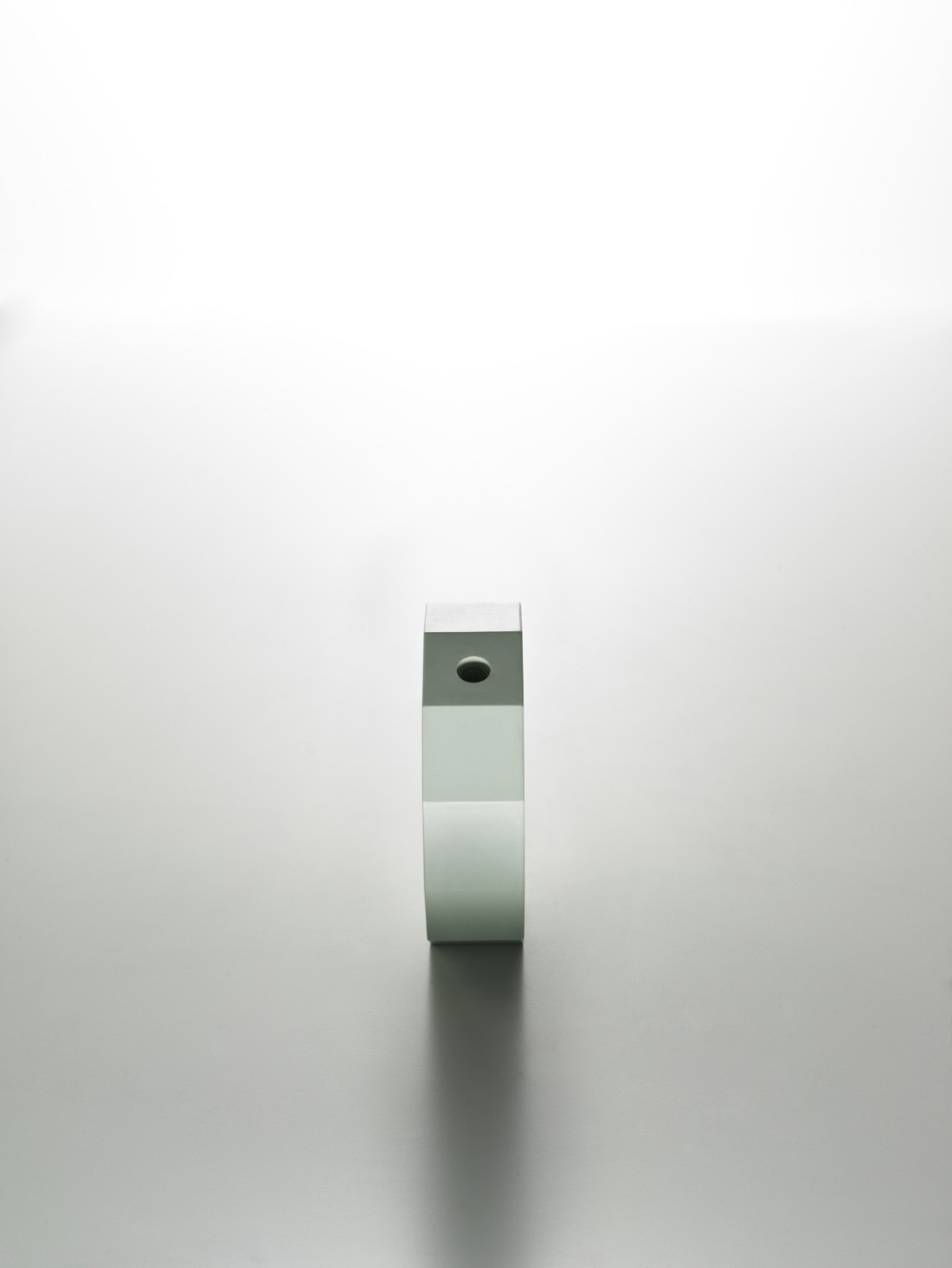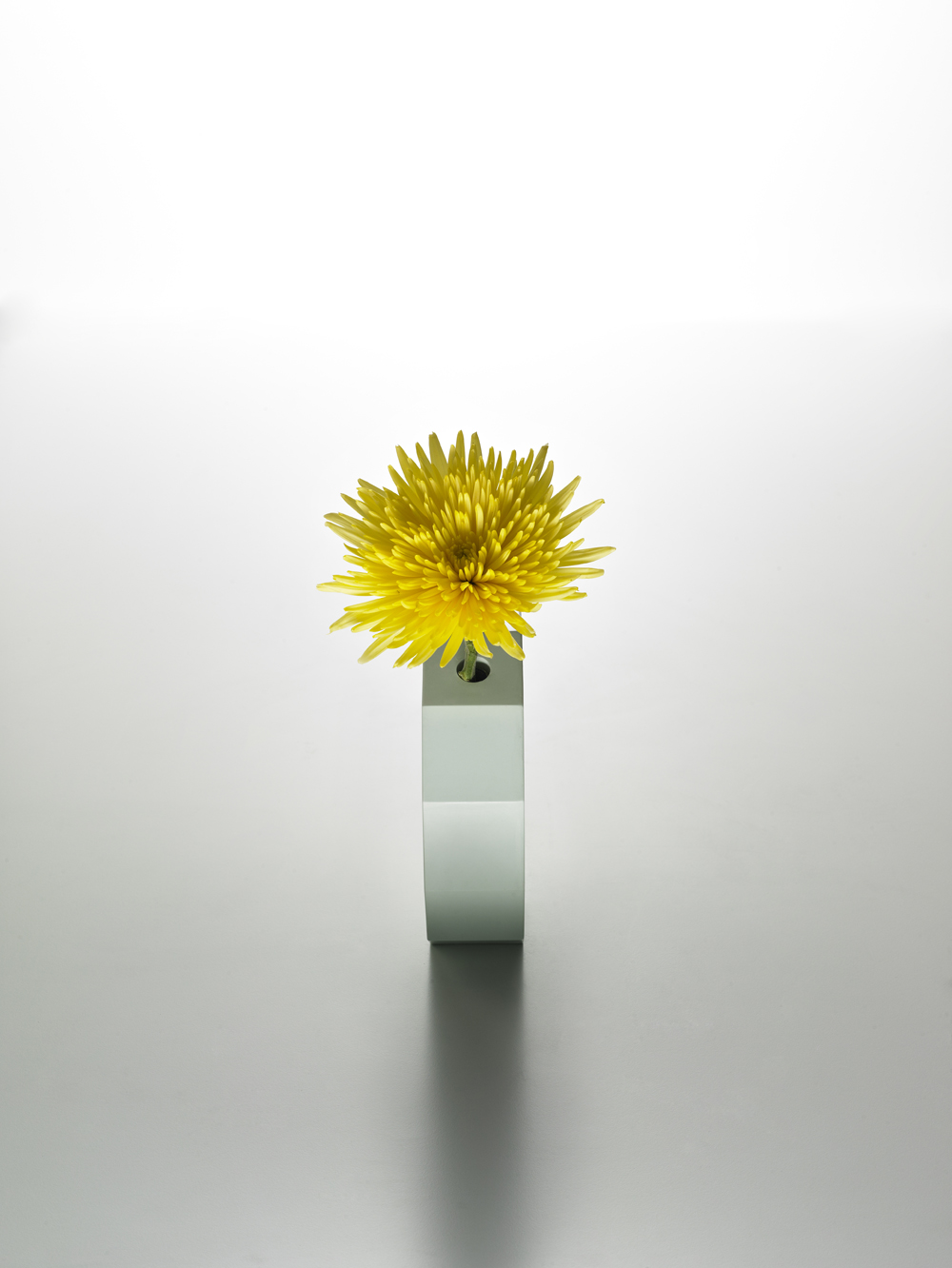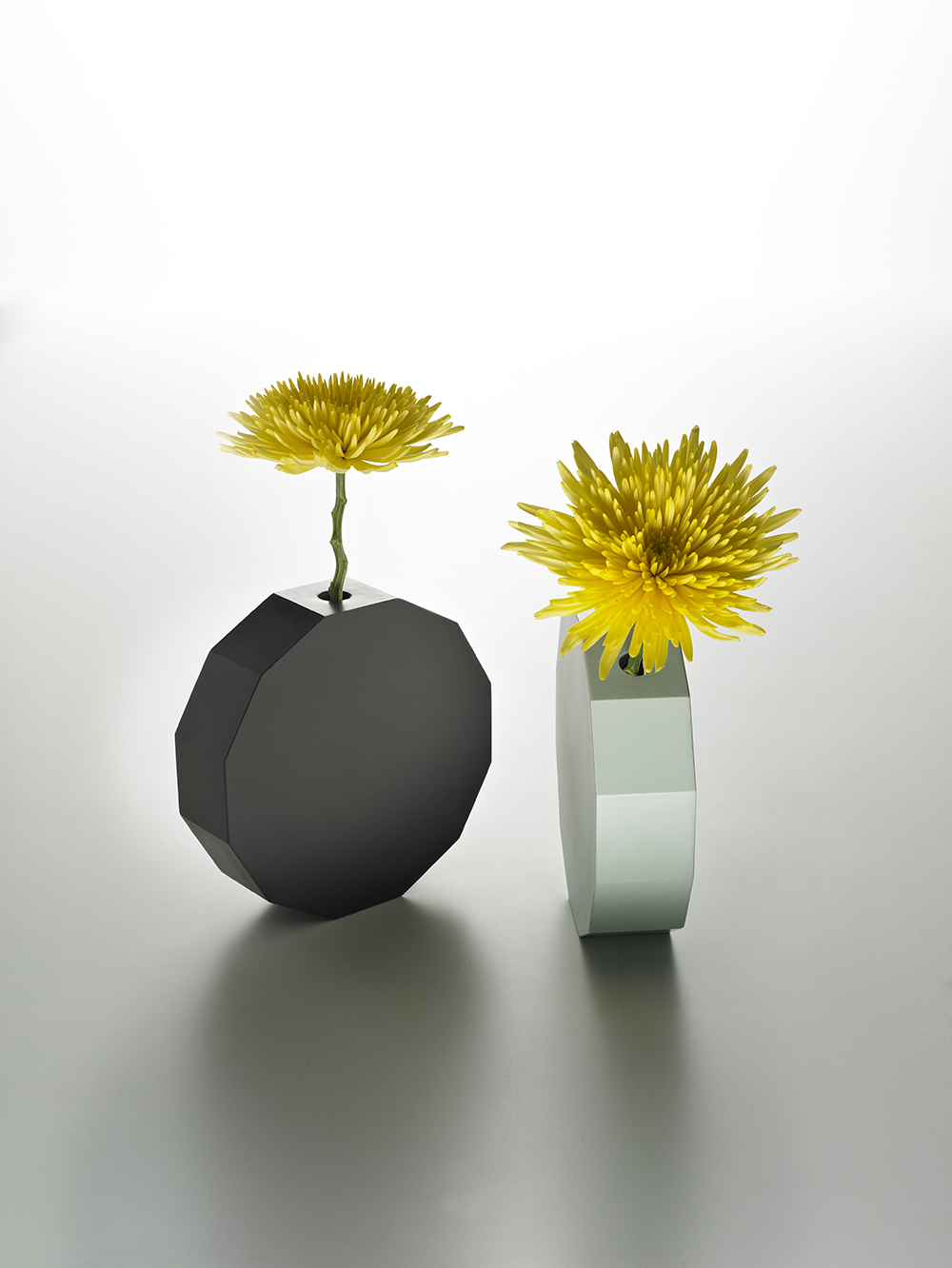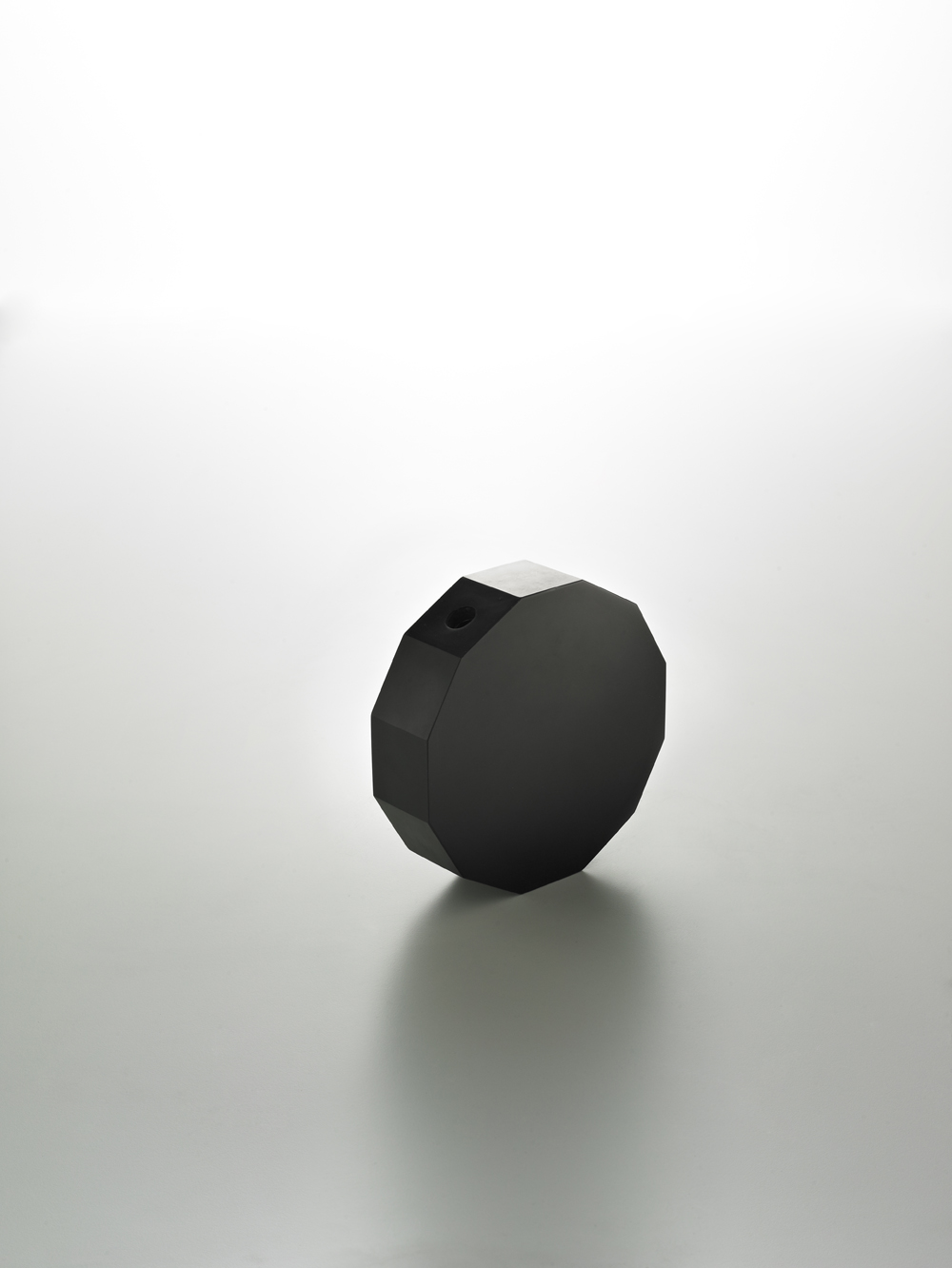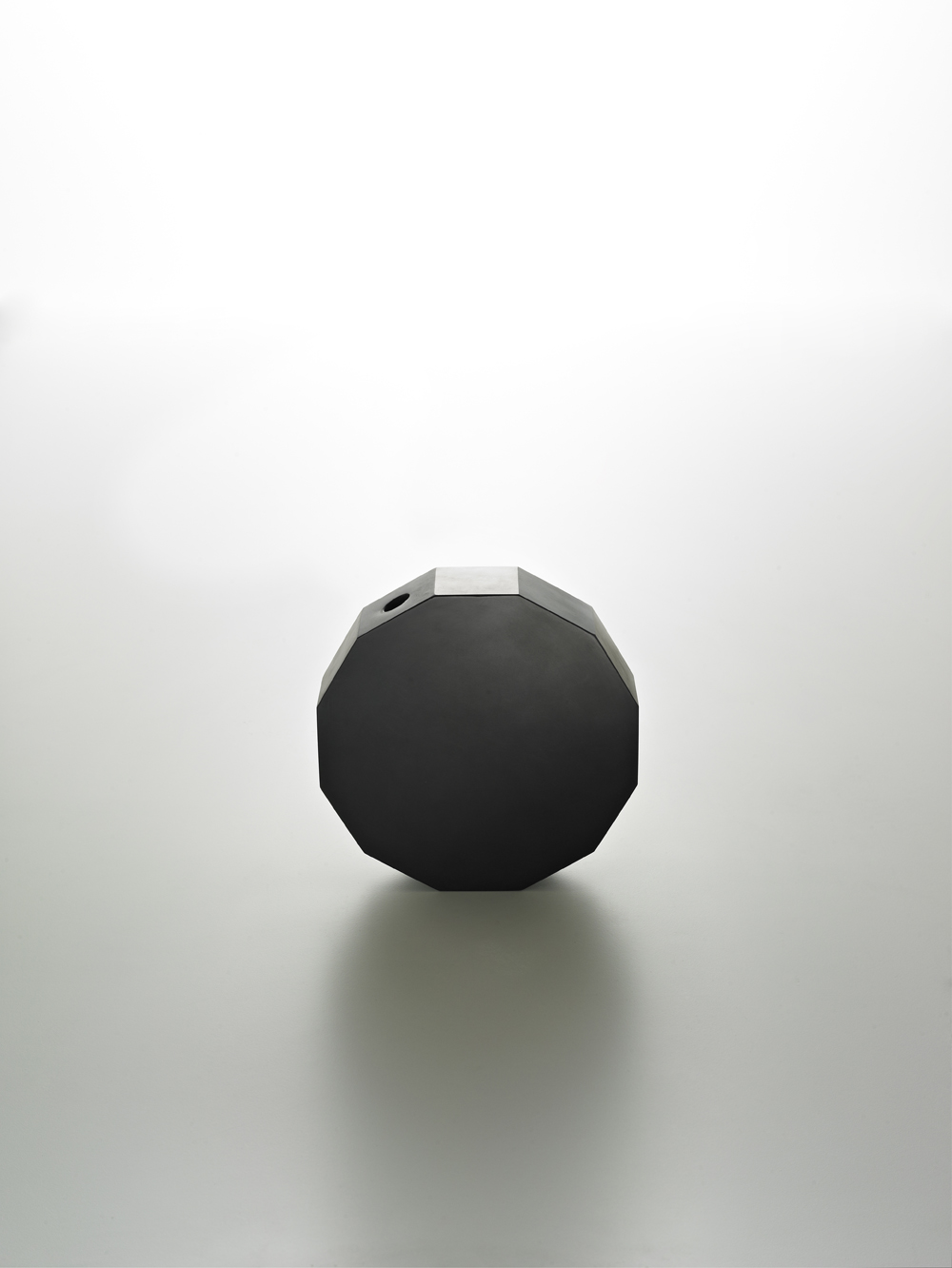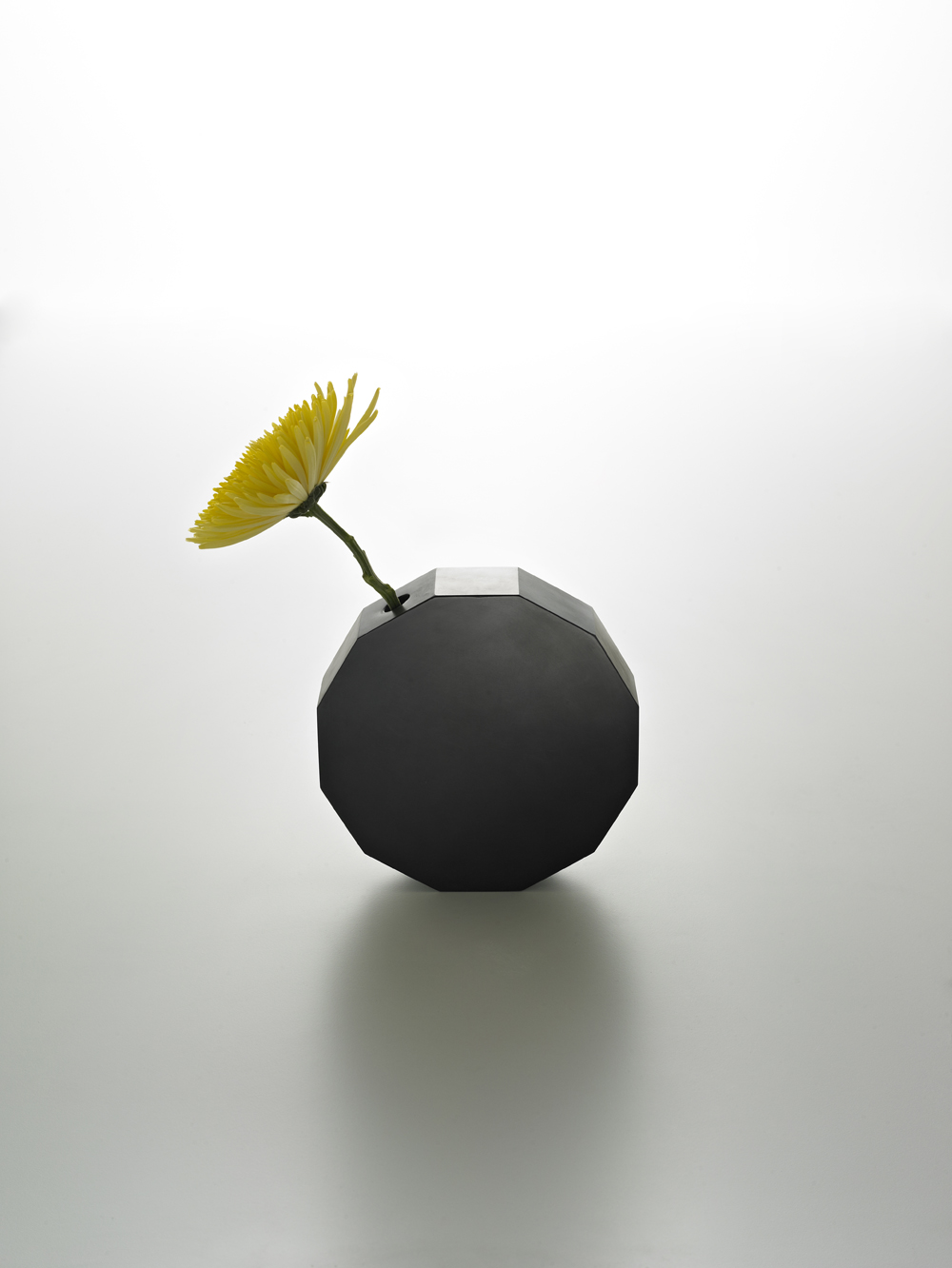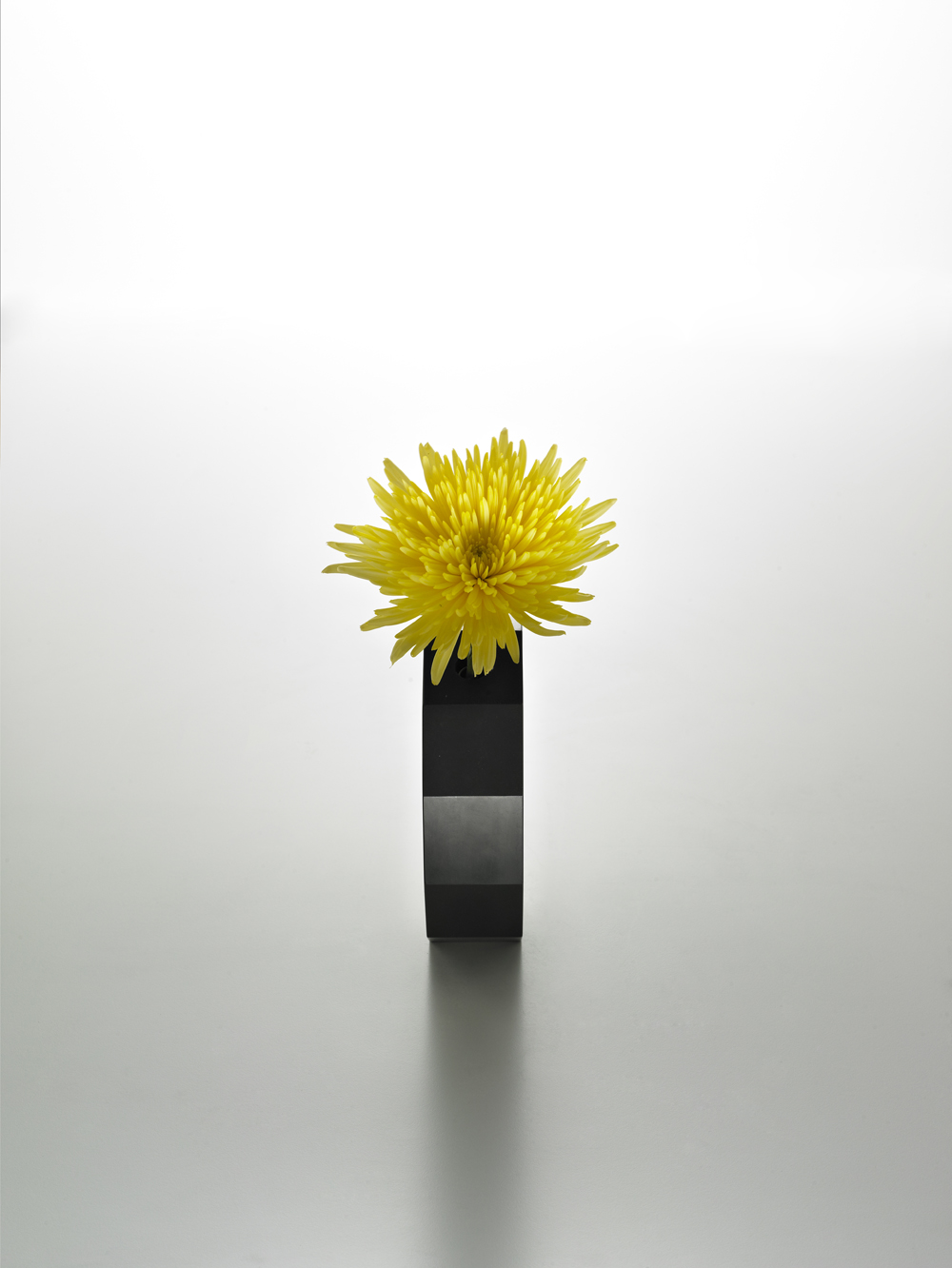The Do-Rey Unit
Material: Silicon Rubber
Size:
Unit 1: L10.1 x W5.6 x H0.2cm
Unit 2: L29.5 x W28.5 x H0.2cm
Unit 3: L49.1 x W45.4 x H0.2cm
Brooksbank & Collins’ Do-Rey is an exercise exploring growth and self-similarity, inspired by the work of Benoit B. Mandelbrot 1924 – 2010, a Polish-born mathematician. Within the overall shape of Do-Rey there lies a repetitive pattern that can be divided down into smaller and smaller sections.
Do-Rey is a universal form found in nature and is also a form used for human’s most advanced technology. The hexagonal pattern is used for the mirror for the James Webb Space Telescope: a Space Observatory due to launch in 2018 which will expand our knowledge and understanding of the universe.
Do-Rey is a universe within itself, it can grow in a regular pattern or it can grow chaotically dependent on conditions.
Do-Rey can be used practically as tableware; coaster, placemat, centerpiece and combinations of units can be used to fill the plane of a tabletop.
Photographs by Stephen Lenthall
